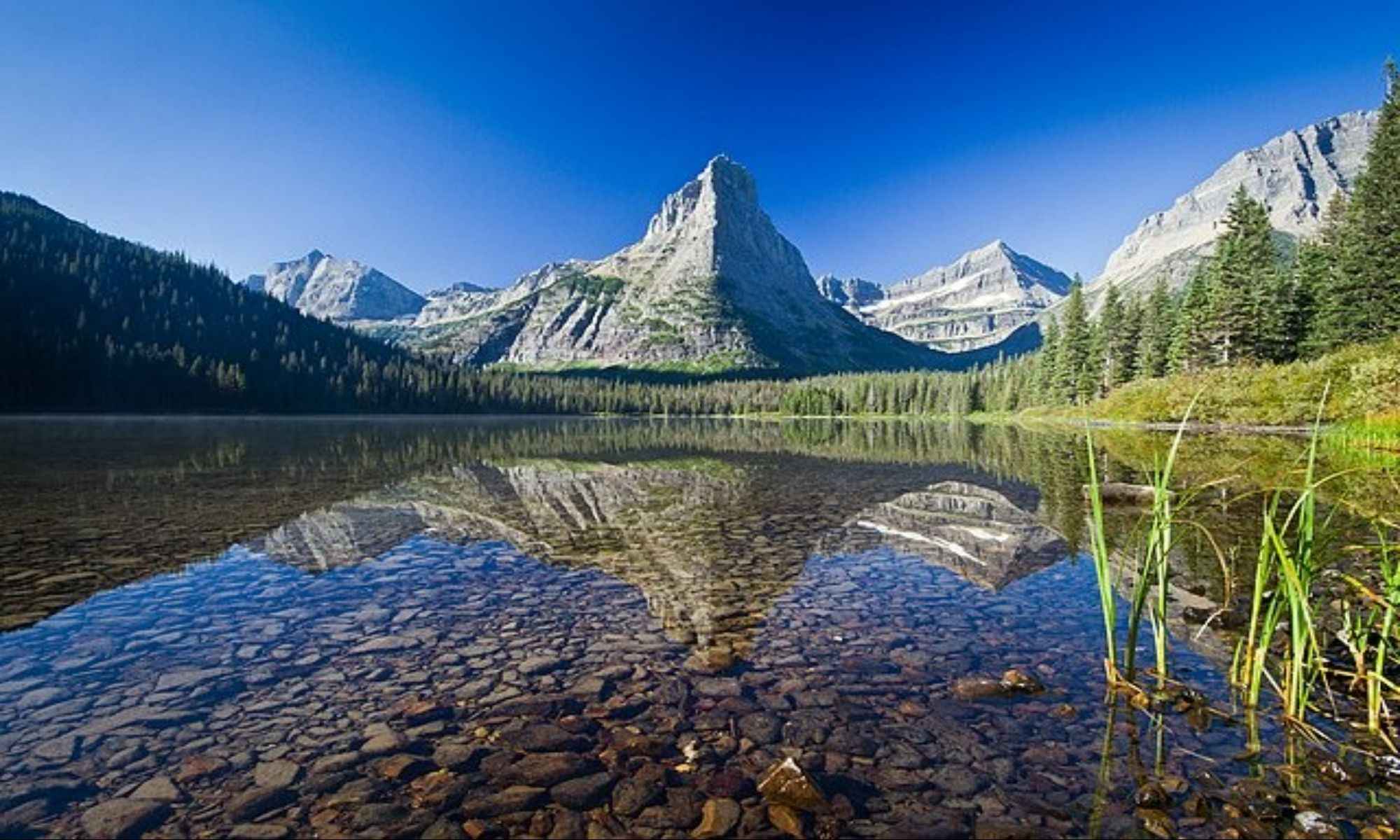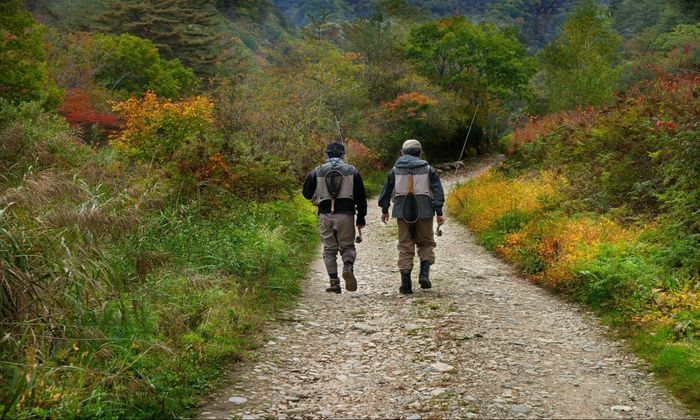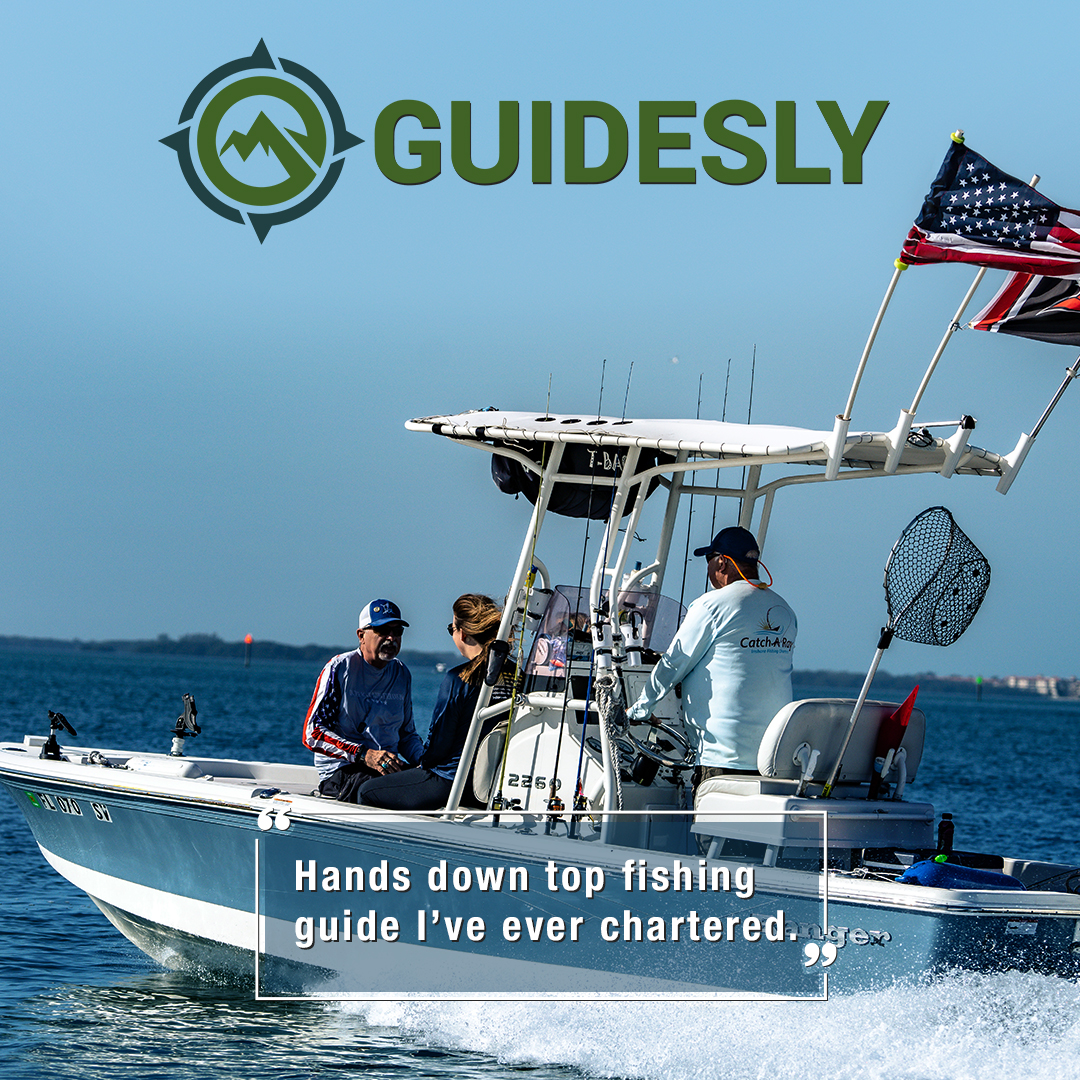Things to Remember When Fishing in Glacier National Park
It is best to pack light but pack effectively when visiting Glacier National Park to maximize what the place has to offer.

Known for its many hiking trails and picturesque scenery, Glacier National Park boasts several glacial lakes for all anglers to enjoy. With its historic structures and various flora and fauna, the park is a delight to water-lovers who love to fish. Often referred to as “the crown of the continent,” the region is situated in northwest Montana and is a dream come true to every outdoor enthusiast.
Brief History of Glacier National Park

Human activity dates back to over 10,000 years in the region. Several tribes first inhabited the area before the European settlers came; explorers and miners were in search of game and land. The region is America’s 10th national park. Back in 1891, the completion of the Great Northern Railway paved the way for developing small towns in the area. In 1910, the Glacier was established as America’s 10th national park.
Top Things to Consider When Planning Your Trip
1. The Weather
The park is open all year round, but the best time to visit the park is between May and November, when the days are sunny and the nights are cool. Anglers may choose to bring rain gear in case of changing weather conditions.

2. On Getting Around
There are several ways to travel to Glacier National Park- by car, train, or plane. Once the angler arrives, a convenient summer shuttle system is updated per season. The shuttle is a point-to-point system, so availing of a narrated tour will be a separate booking.
3. Reception and Connectivity
Due to its remote location, cell phone reception is not available. Some hotels have telephone services, such as the Many Glacier Hotel and Lake McDonald Lodge. Wireless internet access is also minimal. Anglers are encouraged to plan accordingly.
4. Lodging (Motels, Hotels, Inns, Chalets)
One of the exciting features of the park is the wide variety of lodging options available. Depending on the angler’s preference, these accommodations are Cedar Creek Lodge, Lake McDonald Lodge, Many Glacier Hotel, Rising Sun Motor Inn & Cabins, Village Inn at Apgar, and Swiftcurrent Motor Inn & Cabins. Glacier houses two chalets called Sperry Chalet and Granite Park Chalet, to which anglers can opt to hike for overnight stays.
5. Dining
At Glacier National Park, dining in itself is an experience worth remembering. Anglers can enjoy locally produced and organic Montana cuisine while marveling at the Glacier’s majestic scenery. There are restaurants, snack booths, and cafes to suit the angler’s needs. Some in-park restaurants are Two Dog Flats, Swiss Lounge at Many Glacier Hotel, Lucke’s Lounge, and Jammer Joe’s at Lake McDonald.
6. Bear and Other Wildlife Safety
The Waterton Glacier International Peace Park is located between Glacier National Park in the United States and Waterton Lakes National Park in Canada. It is home to grizzly bears and black bears. Should there be a bear sighting, anglers are asked to report it to the nearest ranger. Guests need to keep their distance as bears and other wildlife have personal space requirements; it is best to fish in groups, carry bear spray, be aware of the surroundings, and keep a clean camp. Cookware, food containers, and trash must be stored in a closed container or designated locker at all times.
7. How to Deal With Crowds
May through September is the busiest time in Glacier National Park. In the summer, parking areas are filled as early as sunrise. There is a possibility for these to remain so throughout the day. At the same time, it can be quite congested in visitor centers and entrances. Shuttle buses get filled quickly, but these run between 15 to 30 minutes throughout the day. The key is to find less popular spots so as not to encounter heavy foot traffic. Expect crowds during this season but have a contingency plan if certain lakes are filled as nearby and neighboring attractions are always loaded.

8. Accessibility for All Types of Anglers
Glacier National Park is accessible to anglers from all walks of life. There are special provisions available for anglers with hearing loss or deaf, anglers with low vision, and even service animals depending on the need.
Fishing at Glacier National Park
Responsible fishing is encouraged in the region. The park preserves natural ecosystems for its scientific value. With this, fishing is permitted with preservation in mind. The park asks anglers to wet their hands with lake water before handling fish. The standard season for fishing is the 3rd Saturday in May all through November, but lake fishing is open all year round. Canadian regulations govern the season, catch and possession limits on Waterton Lake, while WFWP regulations control the catch and possession limits on the North Fork of the Flathead River. The Blackfeet Tribal ordinances the Lower Two Medicine Lake season, catch, and possession limits. A Montana fishing license is required to fish in the Middle Fork of the Flathead River. All native fish caught by anglers must be released. There is no limit to non-native species. Anglers are encouraged to bring sunscreen, insect repellent, a rain jacket, a hat, protective eye gear, boots, waders, refillable water bottles, a camera, a fishing rod, a fishing rod reel, and some flies to maximize their experience.
Best Lakes to Visit
The best lakes for anglers are Flathead River Drainage, St. Mary River, Two Medicine, Cutbank Creek, Belly River, and Waterton River Drainages. At the Flathead River Drainage, anglers can find Yellowstone cutthroat trout and kokanee. At the Two Medicine and Cutbank Creek Drainages, anglers can find lake trout, brook trout, rainbow trout, and Yellowstone cutthroat trout. Lastly, at the St. Mary River, Belly River, and Waterton River Drainages, anglers can find grayling, brook trout, and rainbow trout. Belly River and Waterton River house Yellowstone cutthroat trout.




